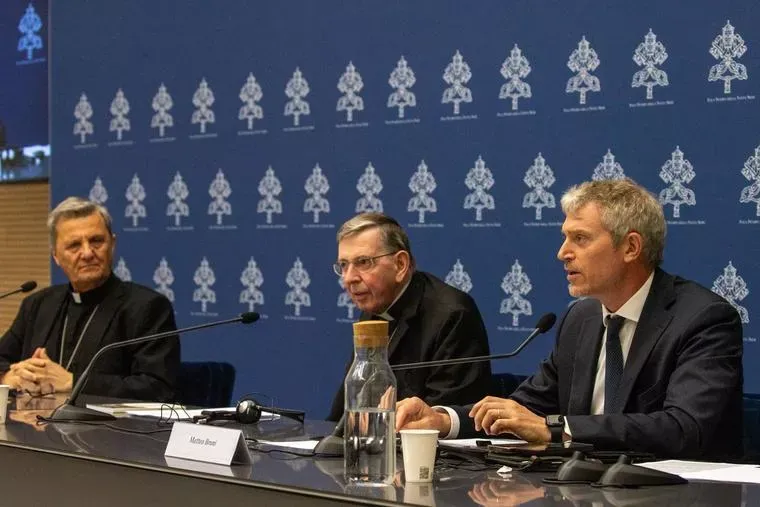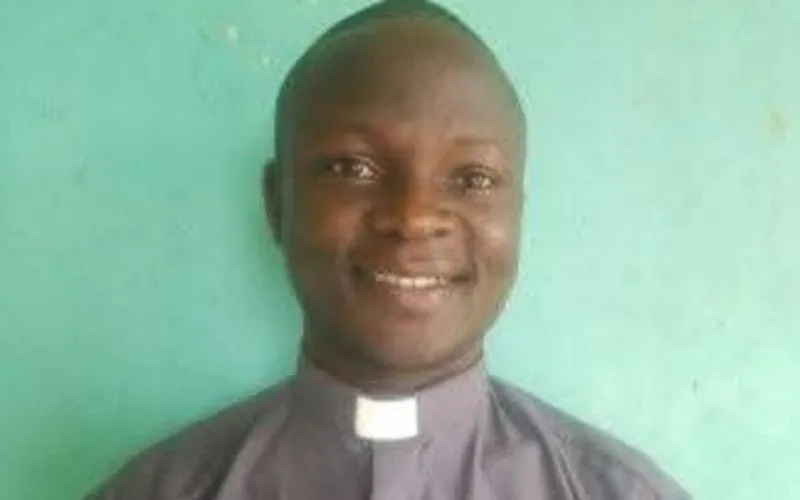To that end, one of the document’s most important features is that we are given very concrete indications, perhaps for the first time, of just how the Vatican under Pope Francis is defining the term “synodality.” This is important since one of the chief criticisms of the synodal process has been an ongoing lack of definitional clarity on the topic, causing many to question the legitimacy of the entire process and view it more as a stalking horse for various liberal causes rather than a true exercise in the reform of the papal office.
Perhaps, therefore, the document can also be read as a preliminary study document for the upcoming synod, the intent of which is precisely to redirect the focus away from hot-button issues like women’s ordination and LGBTQ outreach and toward a conversation on the concept of synodality as such. Thus, the document’s call for a “re-reception” of the First Vatican Council’s teaching on papal infallibility and universal jurisdiction is a concrete indication of the need for the synod to reflect on these issues in a deeply theological and historical modality.
Related to this, and of profound importance, is the text’s situating of this re-reception within the ongoing appropriation of the Second Vatican Council on the topic of episcopal collegiality and the efforts by many post-conciliar popes to invigorate the synodal capacities of national episcopal conferences.
It is of immense importance that the document situates the re-reception of Vatican I squarely within the Communio theology of Vatican II. This is important because it will make it all the harder for the forces of a radicalized, faux-democratic and putatively egalitarian revolution to make their case. They will try, of course, but the emphasis in this document on situating Vatican I within Vatican II will make that a Sisyphean battle.
Nevertheless, we should also realize that this is a project fraught with danger and will not be easy. This is going to require some finesse, because the Germans pushing the Synodal Way will try to co-opt the theology of true synodalism into an ideology of permissive relativism in moral, doctrinal and sacramental matters.
The Vatican itself has repeatedly warned the Germans and their allies that their version of the “synodal way” is not a truly Catholic one, since it undermines true episcopal authority and treats the constitutively hierarchical nature of the Church as something open to a kind of parliamentary reorientation. But, as the Vatican has emphasized, the Church is inherently hierarchical because it is first sacramental and thus oriented more vertically, toward the supernatural, rather than horizontally, toward the congregationalist models that the Germans seem to be proposing.
This is a very real concern since the democratic impulses of modernity run counter to this sacramental order. Thus there is a built-in prejudice among many Catholics against this view and toward a very superficial understanding of synodality as an exercise in “voting” — as if the concept of the “people of God” is a purely political one that views the Church as a giant aggregate of various “interests” or polities in competition with one another for power. But this is not what Vatican II meant by the “people of God” and it cannot be the foundation for any true concept of synodality.
A related danger therefore is to throw the baby out with the bathwater and to ignore the many benefits that have come to the Church precisely because it has a universal teaching office centered in the pope with true doctrinal and jurisdictional authority. It should not be forgotten that the evolution of papal authority in the Church occurred as a countermeasure to the meddling interference in Church affairs by imperial authority, then later by monarchs and still later by the centrifugal Gallican forces of modernity. The rise of a hyper-centralized papacy, therefore, though in many ways undesirable, was not without its benefits even, paradoxically, in the empowering of local churches vis-à-vis various oppressive forces.
Indeed, one could make a strong case that even with the hypertrophy of the modern, bloated papacy, the Catholic Church is already in actual practice synodal in many concrete ways insofar as the universal fulcrum of the papacy has energized and empowered local churches against insidious local tyrannies of various kinds with which they must contend. Purely “local Churches” tend to become merely “national Churches” with their specifically Christian mission subverted and then transformed into mere adjuncts to the power of civil authorities.
Nor can the move toward a more synodal Church ignore the many ways in which the “synodalism” of the Eastern Churches and the Anglicans, devoid of a strong central authority, have tended toward fractious disintegration rather than a true pluralism of churches. For example, a few years ago the Orthodox Churches attempted to hold a general council of all the Orthodox on the island of Crete. But the Russians and their allies refused to attend and the whole affair fell apart and amounted to a big nothing. And now the Russians seem intent on excommunicating not only the Orthodox Church in Ukraine, but several others as well.








